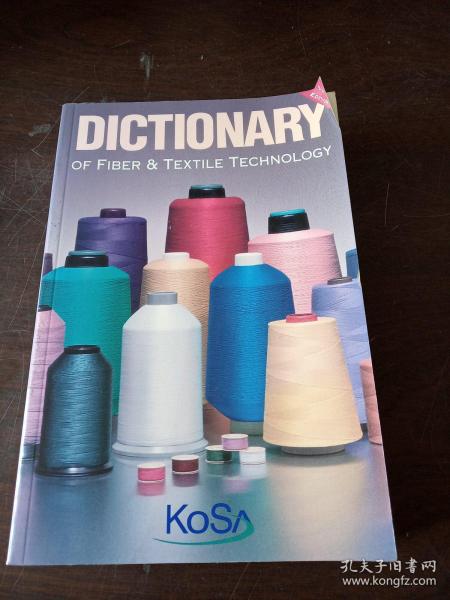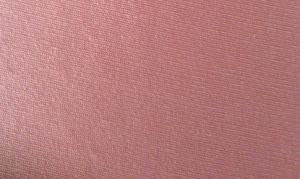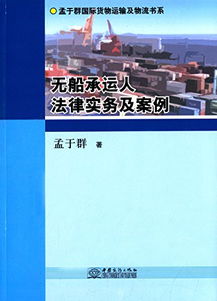Reducing Textile Fiber Waste Emissions:A Global Challenge
Reducing textile waste emissions is a global challenge that poses significant environmental and economic concerns. Textile fibers, once discarded, contribute to landfill overflow, water pollution, and greenhouse gas emissions. This paper discusses strategies to reduce textile waste emissions, such as the development of eco-friendly dyes and processes, recycling and repurposing textile materials, and promoting sustainable fashion practices. The importance of adopting these strategies is highlighted in the context of climate change mitigation, which requires collective efforts from governments, industry, and consumers worldwide.
Introduction The textile industry is a major contributor to global waste emissions, primarily due to the large volume of fibers and textile materials generated during production. These wastes, if not managed properly, can have serious environmental and health implications, including water pollution, air pollution, and soil degradation. The goal of this presentation is to explore ways to minimize textile fiber waste emissions by highlighting best practices, innovative technologies, and policy initiatives. We will use an illustrative table to show the key points discussed in the following sections.
Best Practices To reduce textile waste, several best practices have been developed and implemented globally. One example is the use of sustainable raw materials such as bamboo or recycled polyester, which are more environmentally friendly than traditional cotton or synthetic fibers. Another practice is to implement circular economy models that prioritize the recovery and reuse of textile scraps instead of discarding them in landfills.

Innovative Technologies Technology plays a crucial role in reducing textile waste. For instance, the development of eco-labeling systems like the Global Organic Textile Standard (GOTS) and the Oeko-Tex Standard 100 ensures that textiles meet certain environmental and safety standards before they are sold. Additionally, advancements in fabric recycling technology allow for the efficient separation of fibers from textile scraps, leading to increased value added products.
Policy Initiatives Policies and regulations play a significant role in reducing textile waste. Many countries have implemented policies to promote the use of sustainable materials and encourage the recovery of textile scraps. For example, in Europe, the EU's REACH regulation requires companies to take measures to reduce their environmental impact, which includes reducing textile waste. In the US, the Resource Conservation and Recovery Act (RCRA) mandates that electronic equipment be disposed of properly, including textile scraps.
Case Study: Recycled Textile Production in India India is a major textile producer, but it faces challenges with waste management. To address this issue, the country has implemented several policies aimed at reducing textile waste. For example, the Ministry of Technology has established a program called "Green India," which encourages the use of sustainable textiles and promotes the recycling of textile scraps.
According to a report by the World Economic Forum, India generates about 15 million tons of textile waste annually, a number that is expected to rise in the future due to population growth and economic development. However, through the implementation of policies and innovations, India is making progress in reducing textile waste. For example, the government has launched a program called "Renewable Textiles Initiative" that aims to increase the use of renewable materials in textile manufacturing.
Conclusion Reducing textile waste is a complex challenge that requires collaboration between industries, governments, and individuals. By implementing best practices, innovative technologies, and policy initiatives, we can significantly reduce textile waste emissions and contribute to a cleaner, more sustainable future. As shown in the case study from India, even small steps taken by individual companies can lead to significant changes in the broader industry. It is up to every one of us to take action and make a difference.
随着全球纺织业的快速发展,纺织品废料排放问题日益凸显,为了实现可持续发展,减少纺织品废料排放已成为行业共识,本篇文章将围绕这一主题,探讨减少纺织品废料排放的有效措施和案例。
纺织品废料来源及影响
纺织品废料主要来源于生产过程中的边角料、残次品以及废弃纺织品等,这些废料不仅占用大量土地资源,还对环境造成污染,未经有效处理的废旧纺织品含有有害物质,对人类健康和环境造成潜在威胁。

减少纺织品废料排放的策略
-
优化生产流程:通过改进生产工艺和流程设计,减少废料的产生,采用先进的织造技术,提高纺织品的质量和利用率,优化包装材料选择,减少废弃包装物的产生。
-
回收利用:加强废旧纺织品回收利用体系建设,提高废旧纺织品的回收率和再利用率,政府和企业应加大投入,鼓励和支持废旧纺织品回收处理。
-
科技创新:利用科技创新手段,提高废料处理的效率和效果,开发新型环保材料和技术,降低废料处理成本和难度,推广循环经济理念,促进产业升级和转型。
案例分析
以某大型纺织企业为例,该企业通过以下措施实现了纺织品废料排放的显著减少:
-
生产流程优化:该企业采用先进的织造技术,提高纺织品的质量和利用率,引入自动化生产线和智能监控系统,减少人工操作和废料产生。
-
回收利用体系建设:该企业建立了完善的废旧纺织品回收体系,设立专门的回收站点和回收中心,与相关行业协会和企业合作,推动废旧纺织品回收处理。
-
科技创新应用:该企业积极引进先进的环保技术和设备,提高废料处理的效率和效果,开发新型环保染料和助剂,降低废料处理成本和难度,推广循环经济理念,提高产品的附加值和市场竞争力。

减少纺织品废料排放是行业发展的必然趋势,通过优化生产流程、加强回收利用、利用科技创新等措施,可以有效降低纺织品废料排放量,政府和企业应加大投入,推动废旧纺织品回收处理工作,促进产业升级和转型,企业还应加强环保意识教育,提高员工环保意识,共同营造绿色生产环境。
建议与展望
为了进一步推动纺织品废料排放的减少和绿色生产的发展,我们提出以下建议:
-
加强政策引导:政府应出台更加完善的政策措施,鼓励和支持纺织品生产企业加强废旧纺织品回收处理工作。
-
推广循环经济理念:企业应积极推广循环经济理念,推动产业升级和转型,实现经济效益和环境效益的双重目标。
-
开展国际合作:加强国际合作与交流,借鉴国际先进经验和技术手段,推动纺织品生产向绿色、低碳、循环方向发展。
展望未来,随着科技的不断进步和产业结构的不断优化升级,纺织品生产将更加注重环保和可持续发展,我们相信,在全社会的共同努力下,纺织品废料排放问题将得到有效解决,实现绿色、低碳、循环发展的目标。
Articles related to the knowledge points of this article:
Springdale Textiles:A Journey into the World of Fabric and Fashion
The Transformative Power of Bamboo in Textiles
Detecting and Reducing Formaldehyde Exposure in Textile Products



